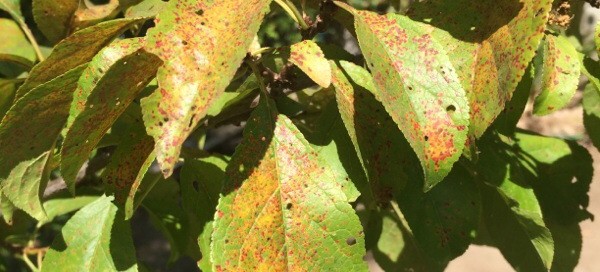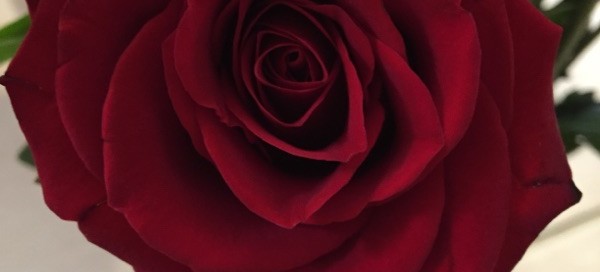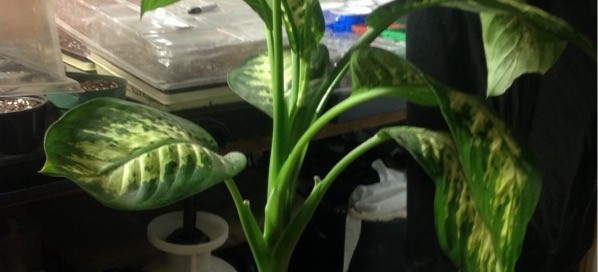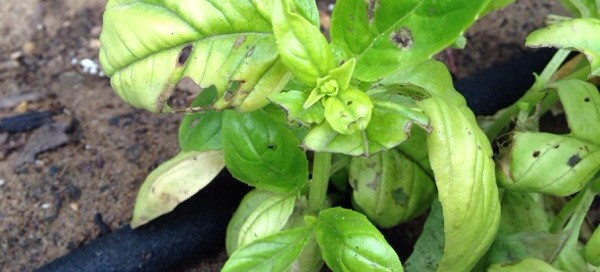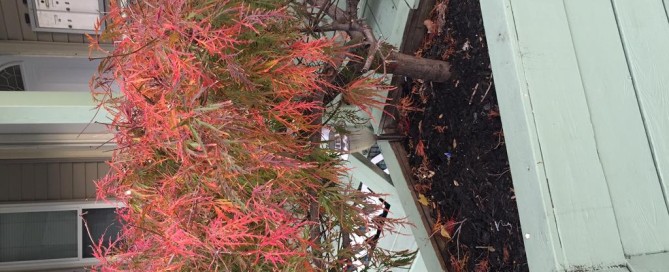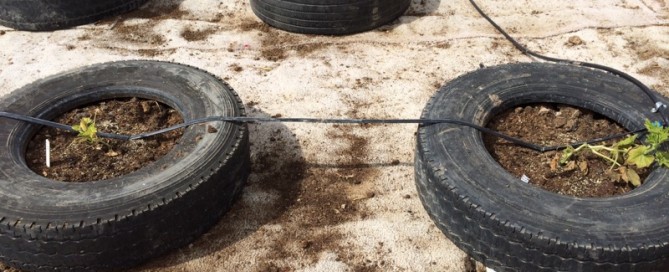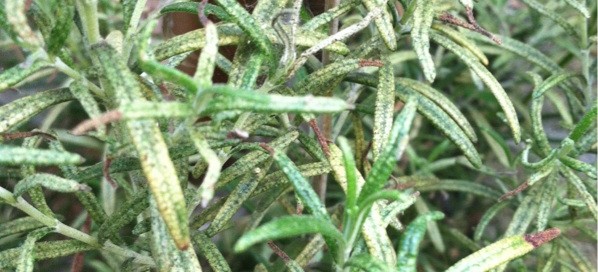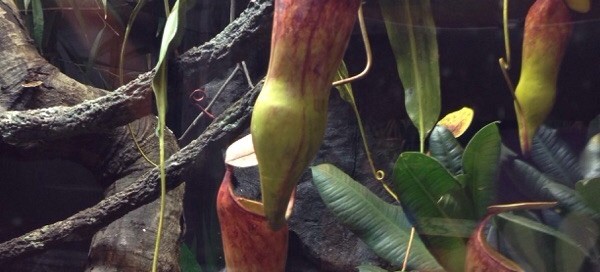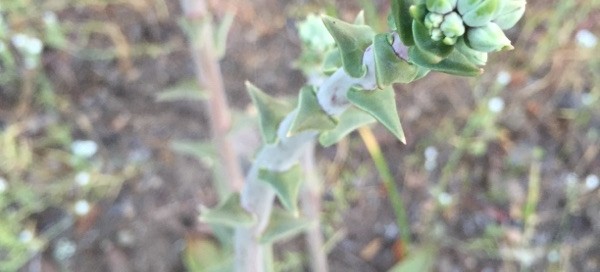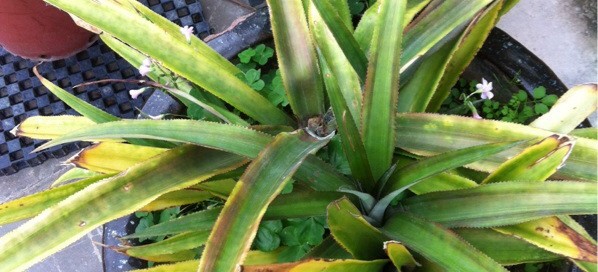Rust On Plum Leaves
It appears that your tree has a rust fungus on its leaves. Most likely Plum Rust. Symptoms are yellow spots on leaves caused by pustules of brown spores on lower leaf surfaces. The underside of the leaves will show stronger symptoms than the top. Infected leaves develop a yellowish cast; leaf shedding may be severe. The condition becomes increasingly prevalent toward the end of summer. Sanitation is the only practical control after the disease has arrived. We would recommend taking a sample in a zipped plastic bag to your local garden center or Cooperative Extension office for a more positive ID and ideas on how to solve your situation.
Here is a link that might be helpful: http://www.dpi.nsw.gov.au/__data/assets/pdf_file/0014/42260/Rust_of_stone_fruit_-_Primefact_78.pdf
